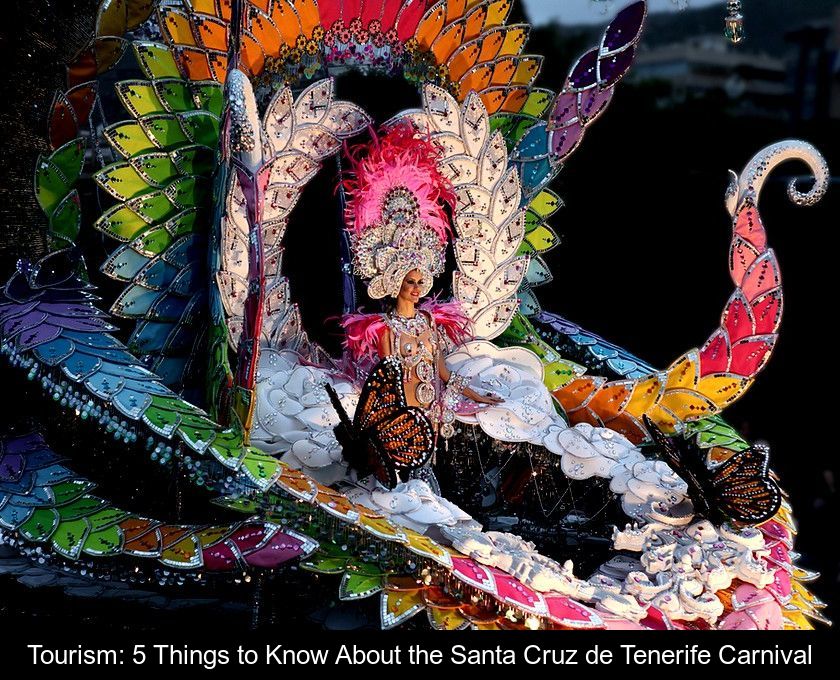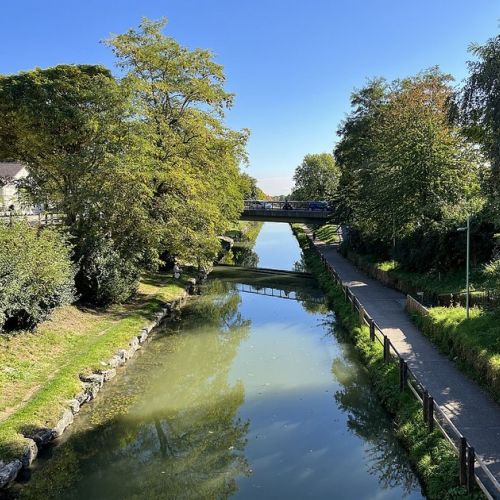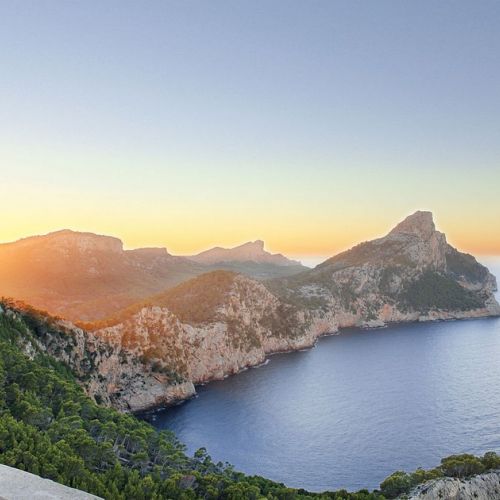Tourism: 5 Things To Know About The Santa Cruz De Tenerife Carnival
If you've always dreamed of experiencing the Rio de Janeiro carnival but haven't had the chance to travel to Brazil, you should know there's a closer alternative to France, in the Canary Islands! The Santa Cruz de Tenerife carnival is very similar to the Brazilian festivity, with its extravagant parades and pervasive music. Here are 5 things to know about the Tenerife carnival.
It's the second most popular carnival in the world.
The Santa Cruz de Tenerife Carnival is held every year in the capital of the island of Tenerife (the largest of the Canary Islands archipelago).
Although it is less well-known than the Brazilian carnival, it is often said to be the second most popular carnival in the world after Rio de Janeiro! Whether it's a myth or a reality, this event enjoys international fame and attracts thousands of tourists to the island.
During the month of February, the most important celebrations of the Carnival take place in Santa Cruz, the capital, as well as in several other cities such as Puerto de la Cruz, La Laguna, and La Orotava.
It's a good alternative to the Rio Carnival.
The Rio Carnival in Janeiro, with its festivities full of dance, music, and sunshine, needs no introduction!
If you dream of that atmosphere but can't make it there, Santa Cruz de Tenerife is an excellent alternative. It's right in the heart of the Canary Islands where the most Brazilian of Spanish carnivals takes place.
This colorful and sunny event is so similar to the Rio Carnival that the two have been twinned!
The party there is extravagant.
During the Santa Cruz de Tenerife carnival, thousands of people take to the streets to dance and celebrate, especially in early February during the main week of the carnival. This year, the festivities are in full swing from January 12 to February 18, 2024, to the rhythm of local bands, Caribbean or electronic music.
One of the highlights of this carnival is the election of the Carnival Queen, which usually takes place on Wednesday of the first week. This spectacular and glamorous contest features candidates dressed in grandiose costumes of incredible fantasy.
The following Friday sees the "Cabalgata," a parade that heralds the Carnival: thousands of people and dozens of musical groups march through the streets for hours!
Over the next three days, "murgas" (groups of singers) bring good cheer to the streets, singing satirical songs that reference the political life of Tenerife.
Carnival Tuesday marks the climax of the celebration, with "el Coso," a large float parade. The next day, Ash Wednesday, the "burial of the sardine" signifies the end of the festivities. A giant papier-mâché sardine is carried through the streets, escorted by wailing widows (men in drag), to be burned. The event is capped off with fireworks to close the celebration in style.
But the end of the carnival takes place the following weekend, with the celebration of the "Piñata Chica," featuring shows, popular dances, and parades.
This tradition dates back to the 15th century.
The tradition of Carnival was imported to the Canary Islands by the Spanish conquistadors in the 15th century. Initially a celebration reserved for the elite, the Santa Cruz carnival quickly became very popular, despite the reluctance of religious authorities. Even though this tradition is an opportunity to have a grand celebration before Lent, it has long been disavowed by the Catholic Church, which tried to ban it on several occasions.
Since 1987, each edition of this carnival has been given a theme. After the 80s in 2016, the Caribbean in 2017, and Fantasy in 2018, the Tenerife Carnival 2024 will be themed around Television.
The party has two faces.
Nowadays, the Tenerife Carnival consists of two distinct parts: the official carnival and the street carnival.
On one hand, the official carnival includes over 100 groups (music bands or costumed dancers, etc.). These groups feature original costumed bands, dance troupes, actors and singers, street musicians, string ensembles, and other musical formations. In total, more than 5,000 people parade through the streets, providing a breathtaking spectacle of lights, sounds, and colors.
On the other hand, the street carnival relies on the participation of locals and even tourists who join in by dressing up. With the festivities being open to all, anyone can dress up, dance, and participate in this celebration if they wish.











